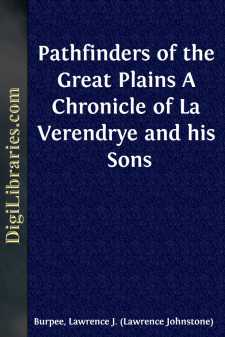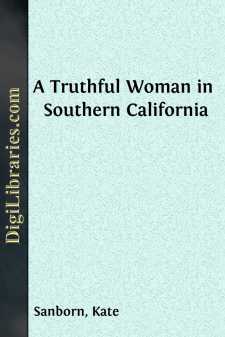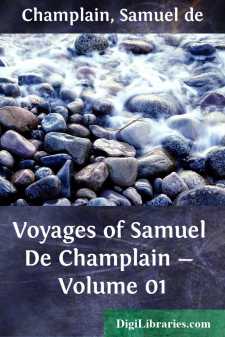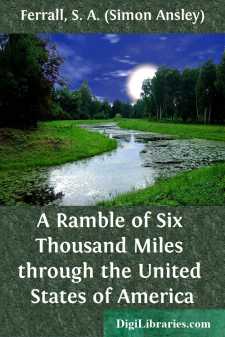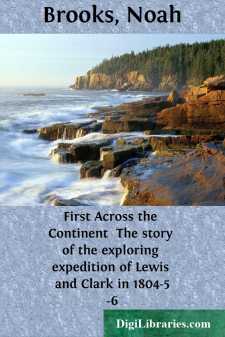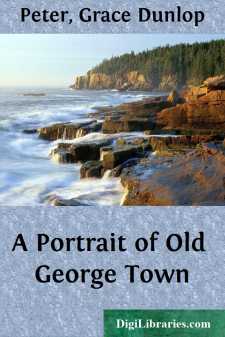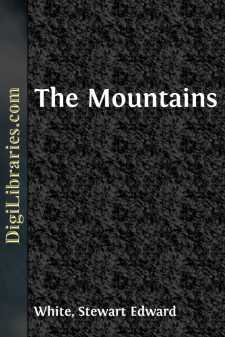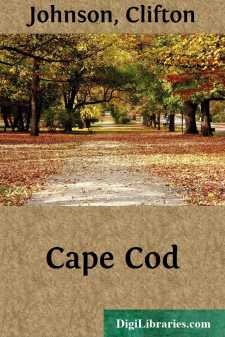Travel
- Africa 29
- Alaska 3
- Asia 46
- Australia & Oceania 26
- Canada 31
- Caribbean & West Indies 5
- Central America 1
- Europe 151
- General 39
- Maps & Road Atlases 1
- Mexico 10
- Middle East 18
- Polar Regions 7
- Reference 11
- Restaurants 1
- Russia 6
- South America 16
- United States
United States Books
Sort by:
EARLY SERVICE Canada has had many brave sons, but none braver than Pierre Gaultier de La Vérendrye, who gave all that he had, including his life, for the glory and welfare of his country. La Vérendrye was born in the quaint little town of Three Rivers, on the St Lawrence, on November 17, 1685. His father was governor of the district of which Three Rivers was the capital; his mother was a daughter of...
more...
by:
Kate Sanborn
A Truthful Woman in Southern California HINTS FOR THE JOURNEY. The typical Forty-niner, in alluring dreams, grips the Golden Fleece. The fin-de-siècle Argonaut, in Pullman train, flees the Cold and Grip. En Sol y la Sombra—shade as well as sun. Yes, as California is. I resolve neither to soar into romance nor drop into poetry (as even Chicago drummers do here), nor to idealize nor quote too many...
more...
CHAPTER I. Prefatory and explanatory—The voyage out—The sentimental—The actual—The oblivious—The medley—Practical joking—An unwelcome companion—American patriotism—The first view—The departure. As a general dislike of prefaces is unmistakeably evidenced by their uncut leaves, and as unknown readers could scarcely be induced to read a book by the most cogent representations of an...
more...
CHAPTER I. PARENTAGE—BIRTH—HOME AT BROUAGE—ITS SITUATION—A MILITARY STATION—ITS SALT WORKS—HIS EDUCATION—EARLY LOVE OF THE SEA—QUARTER-MASTER IN BRITTANY—CATHOLICS AND HUGUENOTS—CATHERINE DE MEDICIS—THE LEAGUE—DUKE DE MERCOEUR—MARSHAL D'AUMONT—DE SAINT LUC—MARSHAL DE BRISSAC—PEACE OF VERVINS Champlain was descended from an ancestry whose names are not recorded among...
more...
CHAPTER I Following the plan I had laid down for myself, I sought and found a goodly Yankee merchantman, bound for and belonging to the city of New York. Our vessel was manned with a real American crew, that is, a crew, of which scarcely two men are of the same nation—which conveys a tolerably correct notion of the population of the United States. The crew consisted of one Russian, one German, one...
more...
by:
Noah Brooks
Chapter I — A Great Transaction in Land The people of the young Republic of the United States were greatly astonished, in the summer of 1803, to learn that Napoleon Bonaparte, then First Consul of France, had sold to us the vast tract of land known as the country of Louisiana. The details of this purchase were arranged in Paris (on the part of the United States) by Robert R. Livingston and James...
more...
Foreword IT IS not at all in my mind to write a history of Georgetown. Several have been written, but I do want, very, very much, to paint a portrait of this dear old town of my birth where my parents, my grandparents, great-grandfathers and one great-great-grandfather lived, and which I love so dearly. A portrait, partly of its physical features, its streets, its houses and gardens, some of which...
more...
THE RIDGE TRAIL Six trails lead to the main ridge. They are all good trails, so that even the casual tourist in the little Spanish-American town on the seacoast need have nothing to fear from the ascent. In some spots they contract to an arm's length of space, outside of which limit they drop sheer away; elsewhere they stand up on end, zigzag in lacets each more hair-raising than the last, or fill...
more...
by:
Clifton Johnson
Of the group of notables who in the middle of the last century made the little Massachusetts town of Concord their home, and who thus conferred on it a literary fame both unique and enduring, Thoreau is the only one who was Concord born. His neighbor, Emerson, had sought the place in mature life for rural retirement, and after it became his chosen retreat, Hawthorne, Alcott, and the others followed;...
more...
CHAPTER I THE AMERICAN—WHO HE IS Many of the great powers believe themselves to be passing through an evolutionary period leading to civic and national perfection. America, or the United States, has already reached this state; it is complete and finished. I have this from the Americans themselves, so there can be no question about it; hence it requires no little temerity to discuss, let alone...
more...


